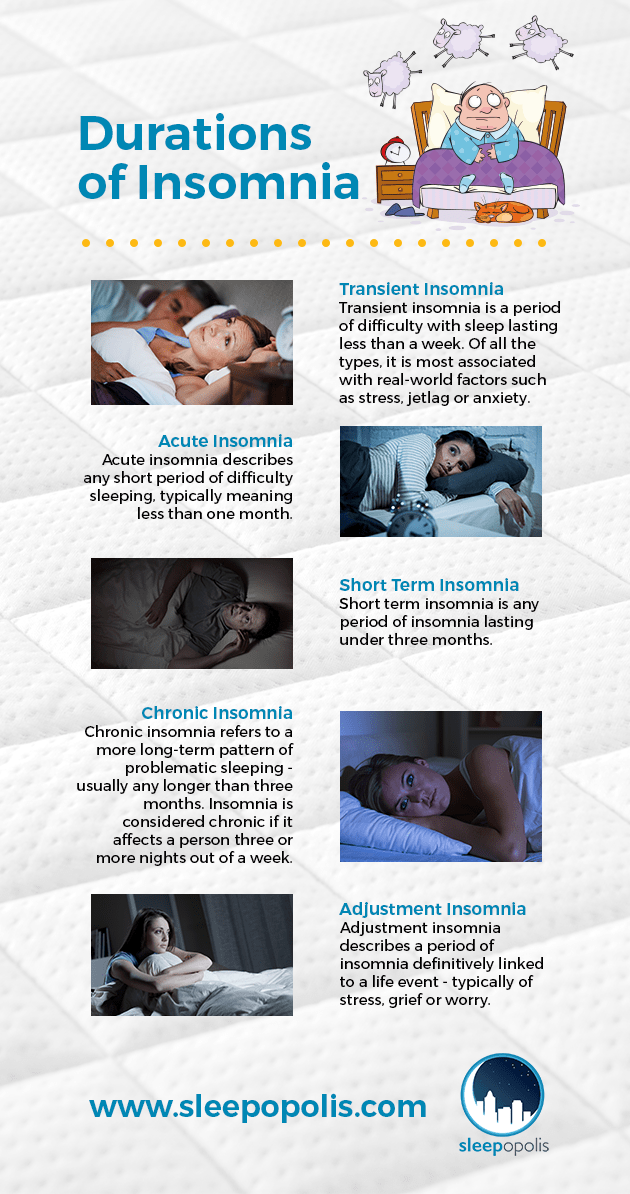

There are other reasons you might receive an unspecified DSM-5-TR insomnia diagnosis.
#Insomnia symptoms quiz full#
If your symptoms are causing you distress but don’t meet the full criteria for an insomnia diagnosis, a healthcare or mental health professional may use this identifier moving forward. This specifier is used when you’re experiencing almost all the symptoms of a condition, or a mixed bag of symptoms, that can’t clearly be grouped under an existing diagnosis. Several diagnoses in the DSM-5-TR include a category of “other specified” or “unspecified.”

with non-sleep disorder mental comorbidity (occurring alongside another condition, including substance use disorder).Several other specifiers can be added to an insomnia disorder diagnosis such as: recurrent (two or more episodes within a single year).persistent (lasting 3 months or longer).The DSM-5-TR breaks it down into two additional categories: Chronic insomniaĬhronic insomnia is often listed as insomnia that lasts beyond 3 months. Short-term insomnia, listed in the DSM-5-TR as episodic insomnia, lasts for at least 1 month but less than 3 months. In general, insomnia occurs in two forms: Specifiers are conditions noted in the DSM-5-TR that set one presentation of insomnia apart from another. Insomnia disorder can come with diagnostic specifiers.

What are the different types of insomnia in the DSM-5-TR? If any of those criteria weren’t met or posed exceptions to the rule, specifiers were added to include more subtypes of insomnia disorder. The DSM-5-TR elaborated on the experience of insomnia, stating that it occurred at least 3 nights a week, happened even under ideal circumstances, and was present for a period of at least 3 months. For a diagnosis, symptoms had to be present for a period of 1 month. The duration of the experience was also vague in the DSM-IV-TR. Instead of early-morning waking as a symptom, the DSM-IV-TR listed “nonrestorative sleep” as a primary symptom.

In the DSM-IV-TR, insomnia was less defined. Insomnia disorder was included in the DSM-IV-TR, the version of the DSM that predates the DSM-5-TR.
#Insomnia symptoms quiz manual#
Insomnia is listed as a sleep-wake disorder in the Diagnostic and Statistical Manual of Mental Disorders, 5th edition, revised text (DSM-5-TR).


 0 kommentar(er)
0 kommentar(er)
